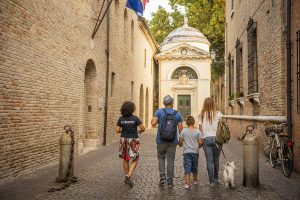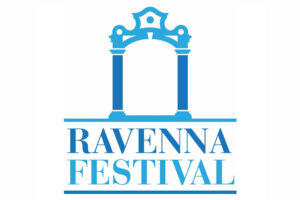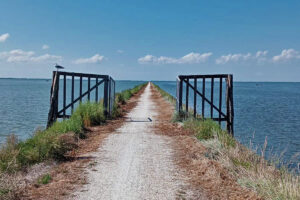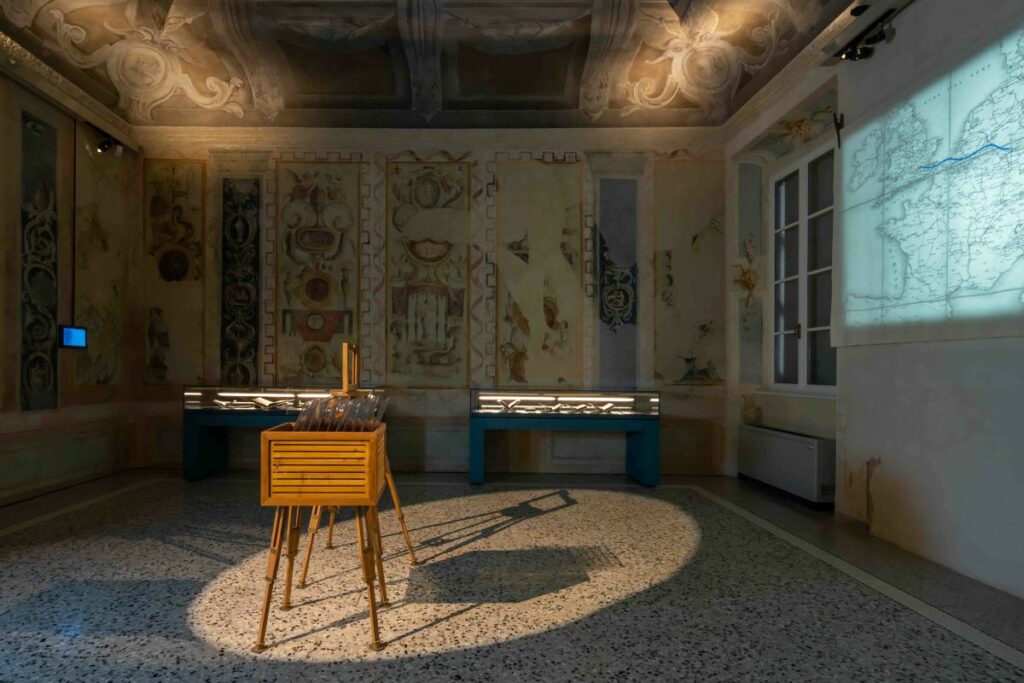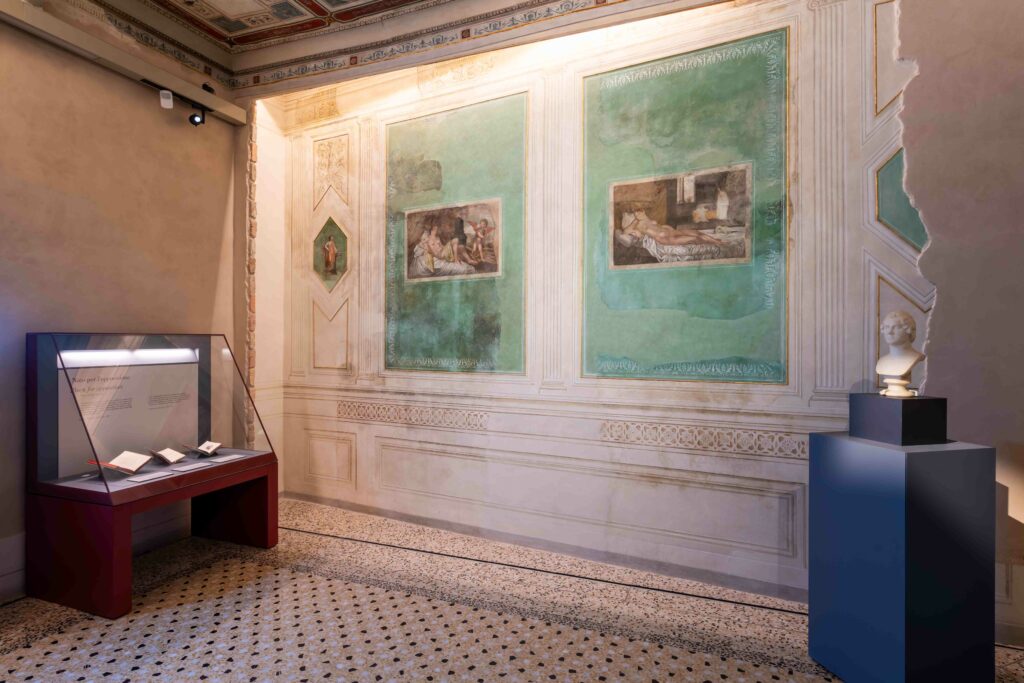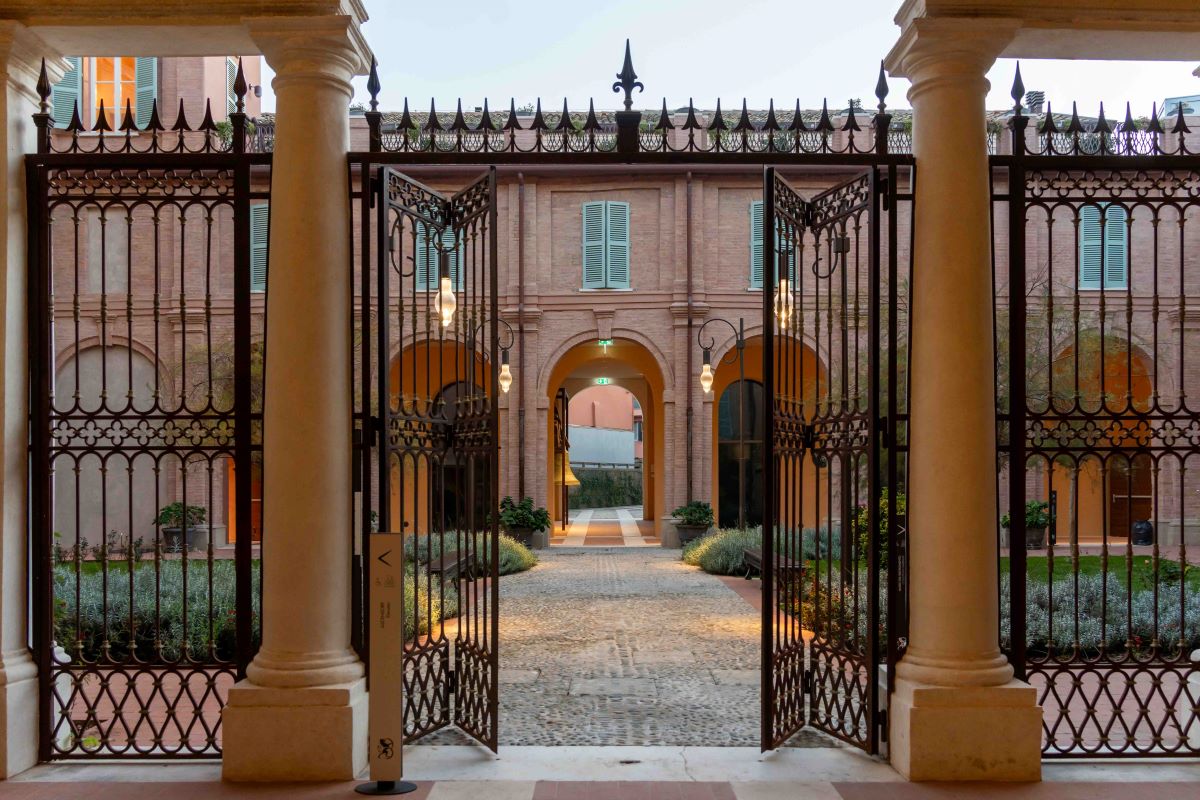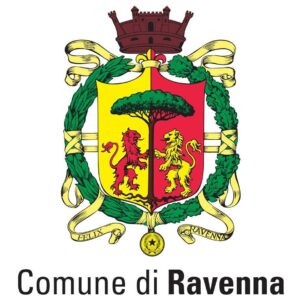Of all the illustrious inhabitants who lived in Palazzo Guiccioli, today the wonderful location of the Byron Museum and the Risorgimento Museum, the most eccentric was undoubtedly Lord George Byron (1788-1824).
A poet of extraordinary success, loved and hated by his contemporaries, on 2 April 1819 he met, in the Venetian salon of Countess Marina Querini Benzon, a young woman from Ravenna: Teresa Gamba.
At that time Byron was tired of his venetian unbridled life, he felt “dull”, disillusioned and little inclined to new acquaintances. Teresa, in her twenties, with big soft eyes, flowing brown curls, cultured, extrovert and spontaneous, had no desire to attend that party.
Immediately the they fell in love: Dante and Petrarch were the matchmakers. There was one detail, however. Teresa was married to Alessandro Guiccioli, almost 60, a powerful member of the aristocracy who had been a trusted man of Napoleon Bonaparte.
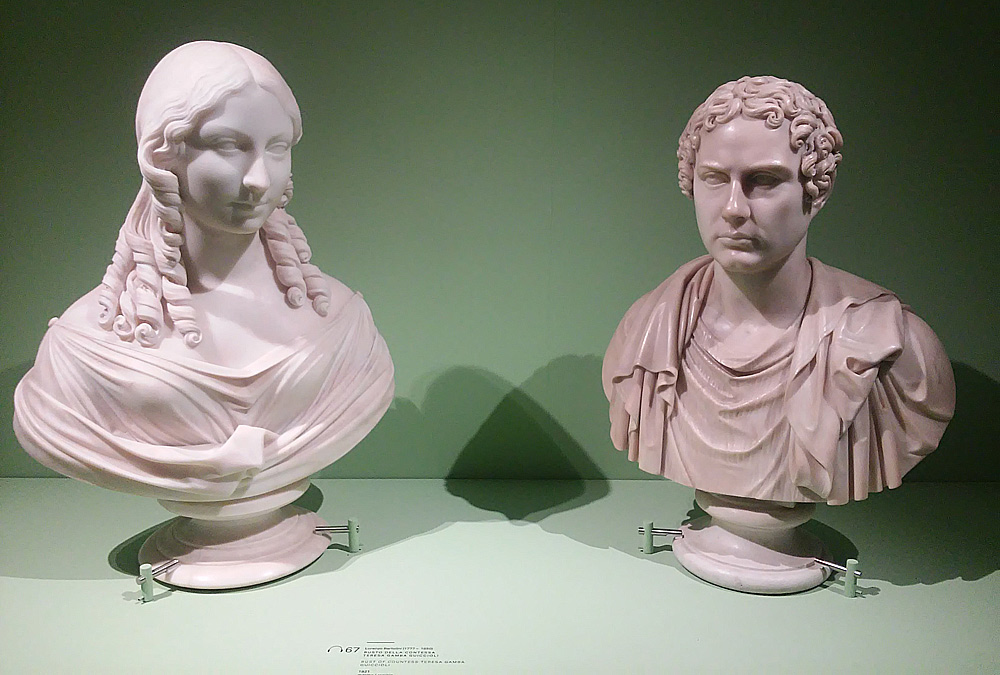
A few months after their meeting, Lord Byron arrived in Ravenna at the request of Count Ruggero Gamba. Teresa had fallen ill on the journey home: she was suffering from fever and nostalgia for her beloved.
Byron’s unusual carriage, similar to one owned by Napoleon, made its entrance into Ravenna on 10 June 1819. For a short time, the poet stayed at Casa Rizzetti, where the Oriani Library is today, near Piazza San Francesco and a few steps from Dante’s Tomb.
Byron’s study in Palazzo Guiccioli
From 20 February 1820, Byron moved to Palazzo Guiccioli, the couple’s home, as tenant and Cavalier Servente of the Countess.
After Teresa and the count’s divorce in July of the same year, the young woman was forced to return to her father’s house. Instead, Byron remained at the palace until 29 October 1821, when he was forced to run away, denounced by Alessandro Guiccioli.
Five rooms on the piano nobile were reserved for him. It is not certain how his flat was structured, but the identification of his studiolo – overlooking Via Cavour- is certain. Thanks to recent restoration work, some frescoes commissioned by the poet himself have come to light. They are copies of the Venus of Urbino and Titian’s Danae.
In his Ravenna Journal, on 9 January 1821, Byron wrote:
“Ordered the horses; but Lega coming to tell me that the painter had finished the work in fresco for the room he has been employed on lately, I went to see it before I set out. The painter has not copied badly the prints from Titian, &c., considering all things”.
With a little imagination, we can imagine the atmosphere at the time and the poet leaning over his desk while creating his masterpieces such as the Two Foscari, Sardanapalo or the Marin Faliero.
A wild company
If we had been guests at the palace, like Percy Bysshe Shelley in 1820, we would not have been surprised if we had been greeted by a fox on our way up the stairs, or if wild verses had resounded from the courtyard or the cellars. Byron was a great lover of animals and never travelled without them.
Shelley wrote to his wife Mary that at the Palace there were:
‘Ten horses, eight huge dogs, three monkeys, five cats, an eagle, a crow, a falcon – and all these beasts, except the horses, roamed freely about the house […]’
Love for freedom
Byron’s days at Palazzo Guiccioli, at times cloaked in melancholy and stomach ache, which he fought with Selz water, were animated by a second growing passion, in addition to that for Teresa: that for the Carbonari.
In his Ravenna Journal, Byron notes the frequent visits of both Pietro and Ruggero Gamba, Teresa’s brother and father, who updated him on imminent, but never realised, attacks by the Carbonari. The Lord agreed to turn the cellars of the palace into a weapons depot, which he subsidised out generously.
His transport to the sentiments of freedom and self-determination of peoples, together with the idea that the poet should play a leading role, encouraged him to travel to war-torn Greece, where he found death on 19 April 1824.
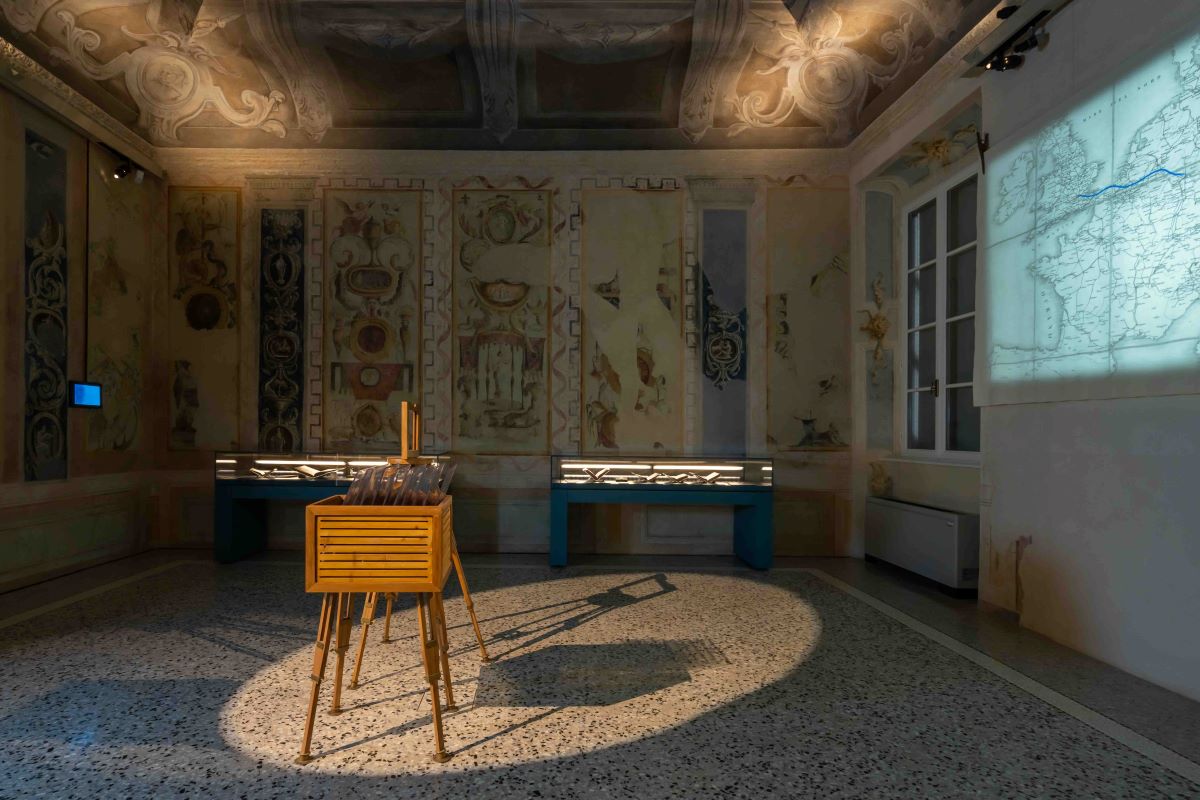
Lord Byron underwent a great metamorphosis at Palazzo Guiccioli: he entered it as a man of art, romantic, rebellious and passionate, to leave it as a generous and courageous aristocrat, who supported first his Italian friends, then the Greeks, sacrificing himself for their dream of freedom.
“What is Poetry? – The feeling of a Former world and Future“

